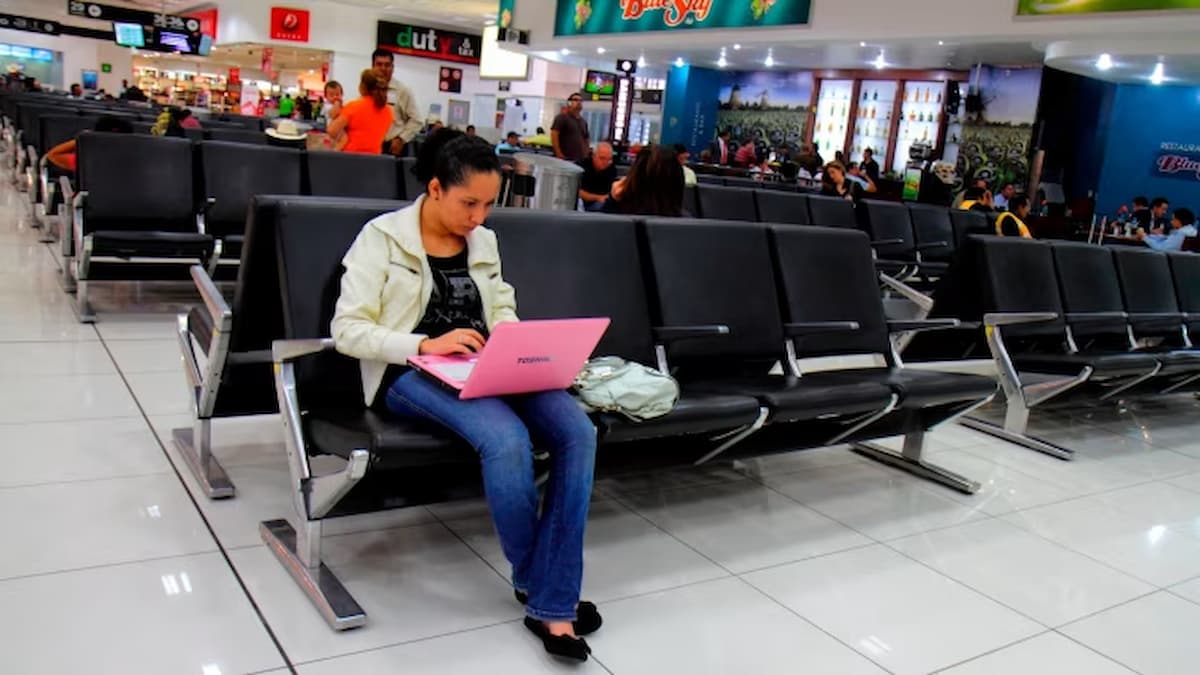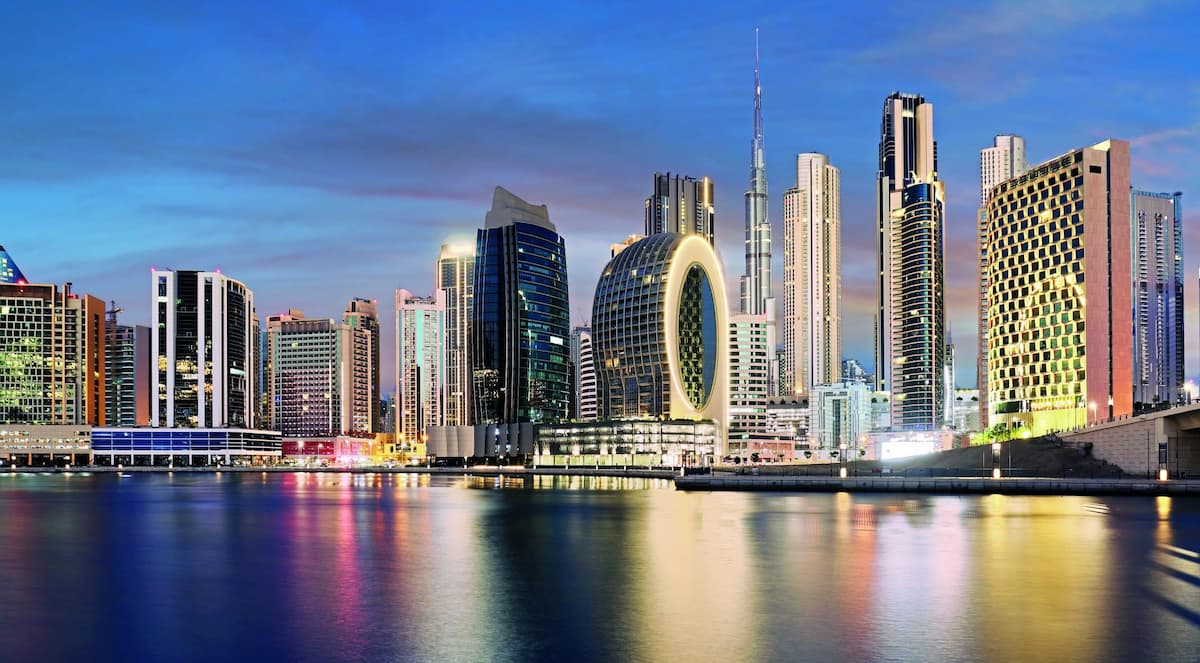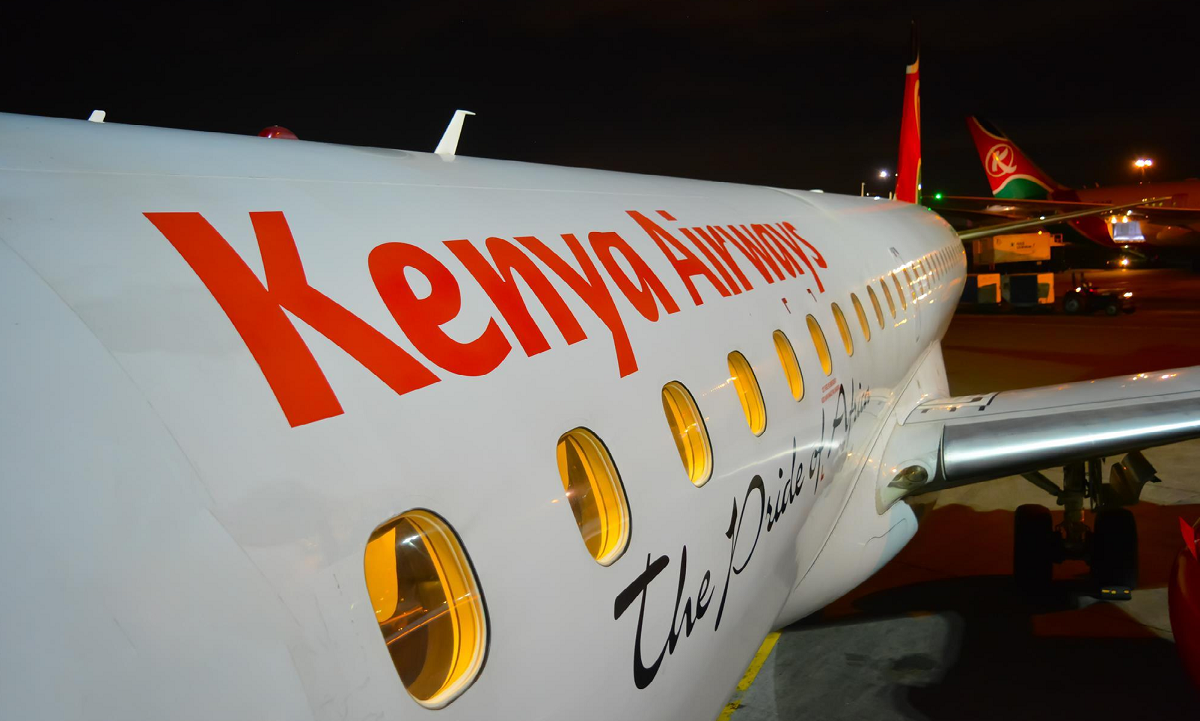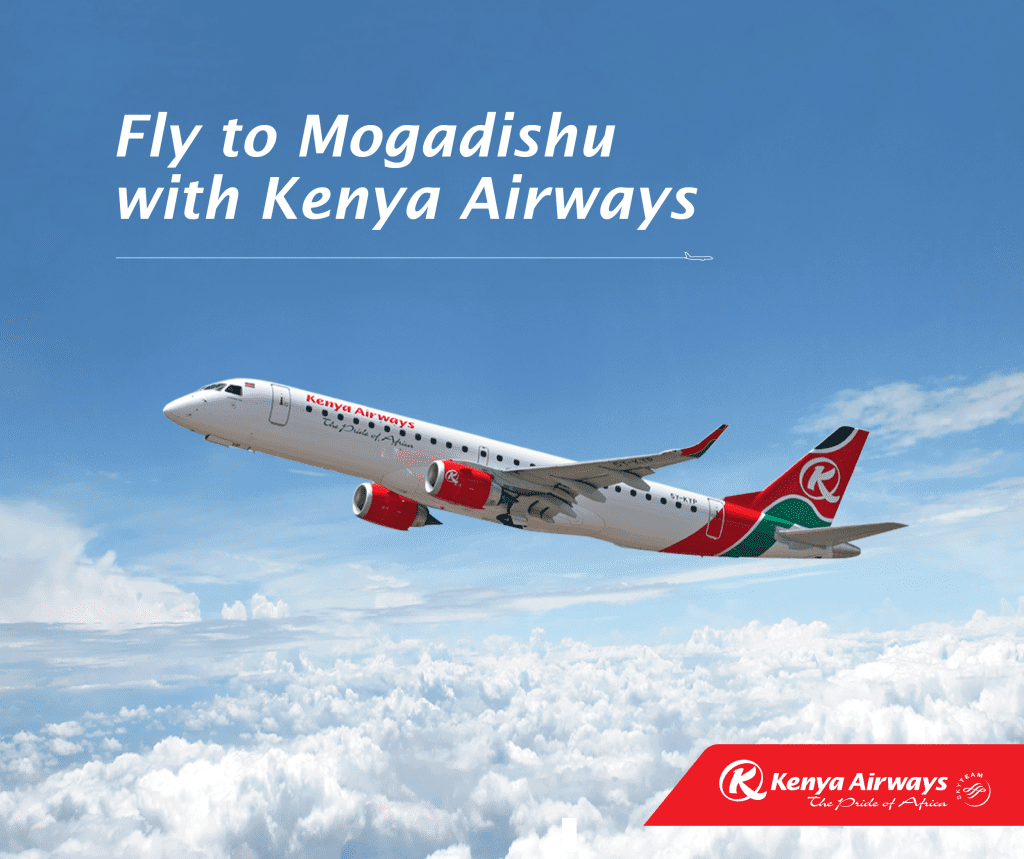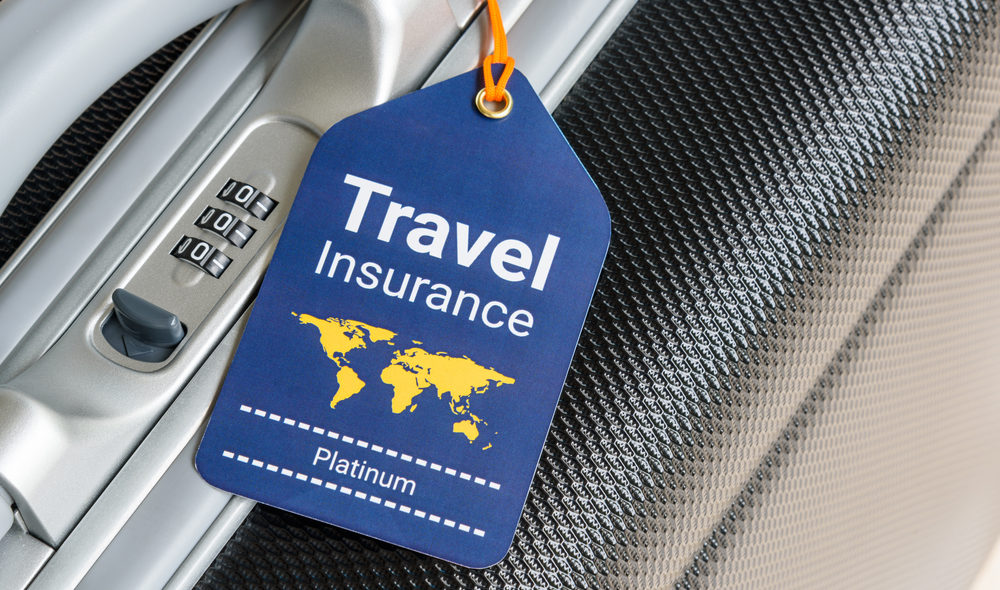
Building on the success of its 2023 roadshow, Tourism Seychelles, with the support of the Seychelles Embassy in Beijing, has once again hosted a series of trade workshops across key Chinese cities, reaffirming its commitment to the flourishing Chinese market.
This year’s roadshow, headed by Mr. Jean-Luc Lai-Lam, Director for China & Japan, and Mr. Sam Yu, Senior Marketing Executive for China at Tourism Seychelles, took place between July 22nd to 31st, 2024. It covered the five major cities of Beijing, Chengdu, Guangzhou, Shenzhen, and Shanghai.
The event brought together many key industry stakeholders, including tour operators, travel agencies, wholesalers, and media representatives. The roadshow provided a valuable platform for Tourism Seychelles and its Seychelles trade partners to engage in fruitful discussions, build relationships, and explore new business opportunities.
A special highlight of the roadshow was a networking meeting event organised in Beijing in collaboration with the Ambassador of Seychelles to China, Mrs Anne Lafortune, where partners were given insights and prevailing trends into the Chinese market. The discussions also explored the market’s opportunities and potential, offering a glimpse into what the future holds for local partners.
“This year’s roadshow has been a resounding success,” said Mr. Jean-Luc Lai-Lam, Director for China & Japan at the Tourism Department. “The strong turnout and enthusiastic participation from the Chinese travel professionals demonstrate the growing interest in Seychelles as a destination. We are particularly excited about the potential of the first few direct flights from Chengdu in collaboration with the Chinese Embassy in Seychelles and Chengdu, China, which will further enhance accessibility and boost visitor arrivals from this important market.”
The roadshow also served as an ideal platform to showcase the latest developments and offerings within the Seychelles tourism landscape. Seychelles trade partners actively participated in the workshops, sharing their expertise and promoting their unique products and services. These partners included:
DMC Partners: Ms. Shi Ming Wang, Chinese Representative – 7° South, Ms. Normandy Salabao, Senior Manager Sales & Marketing – Creole Travel Services, Mr. Chamika Ariyasinghe, Business Development Manager – Luxury Travel, Ms. Zhang Junhao, Chinese Marketing Representative – Sey Yeah, Mr. Aaron Zhang, Managing Director – Cheung Kong Travel, Ms. Jona Ladouce, Sales & Contracting Manager – Tirant Tours & Travel.
Representing the hotels were; Ms. Vivienne SU, Regional Marketing Director – Constance Hotels & Resorts, Ms. Shamita Palit, Sales Consultant – Le Duc de Praslin and laïla, Seychelles, a Tribute Portfolio Resort by Marriott, Mr. Sergey Elkin, Director of Sales & Marketing – Kempinski Seychelles Resort Baie Lazare.
Also present was Chengdu Youth Travel Services (CYTS), the company working on the upcoming flights and packages to be made available to the different Chinese agents and potential visitors.
Speaking about the participation from Seychelles, Mr Lai Lam added, “The roadshow would not have been possible without the all-out support of our Seychelles trade partners. Their dedication and commitment have been instrumental in making this event a success.”
Following the event, Ms. Normandy Salabao, Senior Manager of Sales and Marketing from Creole Travels, expressed, “I’m thrilled to share positive feedback on Tourism Seychelles’ recent China roadshow. The event was exceptionally well organised, with engaging presentations and interactive elements that effectively captured the objectives of the roadshow. The team’s tailored approach for the Chinese market was impressive, resonating well with attendees, including well-chosen agents and tour operators, and fostering valuable connections.”
Ms. Shamita Palit, Sales Consultant at Le Duc de Praslin and laïla, Seychelles, a Tribute Portfolio Resort by Marriott, shared insightful feedback on the recent developments, highlighting that the potential direct flight from Chengdu offers connectivity, visibility, and reach that extends further than China to Kazakhstan, Russia, South Korean and Japan.
She noted that this success signifies an alliance extending beyond tourism to include commerce opportunities between the two countries, necessitating a collective effort from all areas of Government. Reflecting on her personal experience, Ms. Palit remarked that China had surpassed her expectations, offering infrastructure, technology, facilities, diversity, culture, and interests far beyond what she had envisioned.
Ms. Palit sees significant potential not only for inbound leisure tourism but also for corporate groups, incentive travel, enhanced trade imports from China, and even a niche market of outbound holidaymakers from Seychelles.
Seychelles is making significant strides in penetrating the Chinese market, highlighted by the introduction of the first direct, non-stop charter flight between Seychelles and Chengdu, China, operated by Sichuan Airlines.
Seychelles is expecting its first direct flight since 2018 in the second half of 2024. This flight, with an approximate duration of 8.5 hours, marks a pivotal advancement in air connectivity between the two regions. Further discussions are already underway regarding additional flights, underscoring the growing commitment to enhancing travel links and fostering deeper engagement with this key market.
Mrs. Bernadette Willemin, Director General of Destination Marketing at the Tourism Department, remarked that the success of the roadshow and the upcoming flights will reflect in the growth of Chinese visitor arrivals to Seychelles this year. “We are thrilled to see a significant increase in interest for Seychelles from the Chinese market. The Chinese tourism arrival numbers are higher compared to last year. The growth is a testament to the collaborative efforts of Tourism Seychelles and our trade partners in promoting Seychelles as a premier destination for Chinese travellers.”
Source: Voyages afriq

